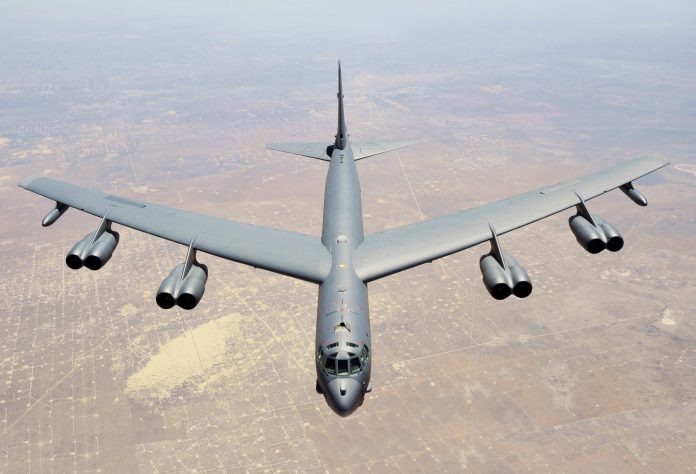
Donald Trump’s latest remarks on nuclear testing were not simply mistaken; they reflect a deeper misunderstanding of the facts of U.S. nuclear policy and strategic stability. His claim that America leads the world in nuclear stockpiles, and that testing should resume “immediately” to match rivals, runs head-on into decades of arms control agreements, technical constraints, and the very logic of deterrence.
To the politically astute observer, the timing of Trump’s statement-hours before meeting China’s Xi Jinping-suggests a calculated show of strength. But beneath the bravado lies a set of strategic missteps that could weaken U.S. security, embolden adversaries, and destabilize a fragile nuclear balance. This listicle unpacks the most critical facts Trump overlooked, drawing on expert analysis and the hard data of America’s nuclear enterprise.
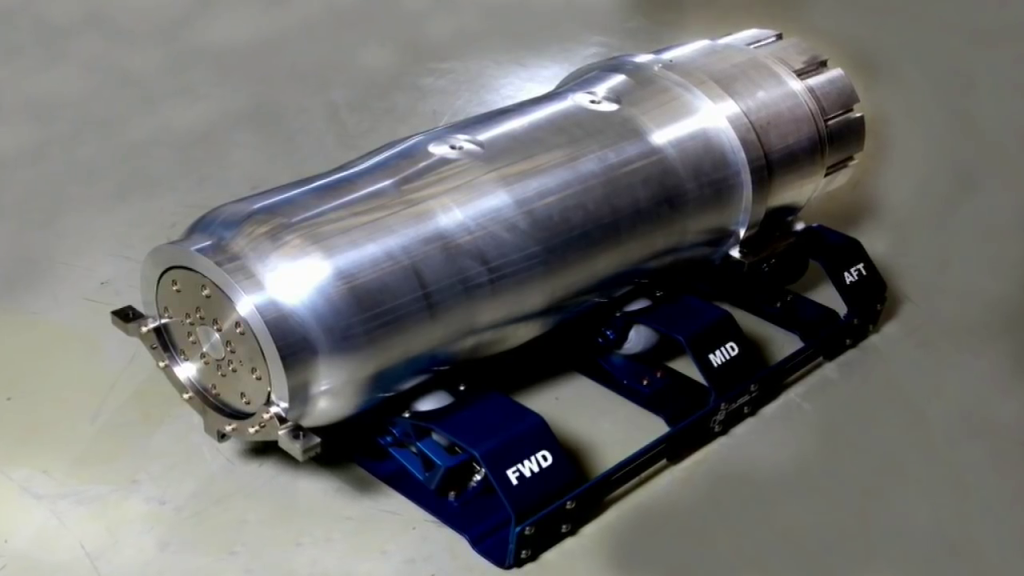
1. Russia, not the U.S., holds the largest nuclear stockpile
Trump is wrong to say that America has more nuclear weapons than any other country. A recent report from the Stockholm International Peace Research Institute estimated 5,580 Russian warheads versus America’s 5,225, including retired warheads awaiting dismantlement. On deployed counts, the U.S. has 1,770 against 1,718 deployed for Russia, but Moscow’s reserve is larger. This matters because the Russian advantage is in its enormous tactical arsenal, intended for battlefield use, which the U.S. has not matched either in Europe or in Asia.

2. Nuclear modernization began long before Trump
In making that claim, Trump ignored the fact that the current modernization program was initiated under the Obama administration. That plan-new ICBMs, Columbia-class submarines, B-21 bombers, and warhead life-extension programs-represents at least a $1.5 trillion plan over its lifetime. Modernization is a process to be measured in decades, not presidential terms, with key projects such as the Sentinel missile and plutonium pit production falling behind schedule.
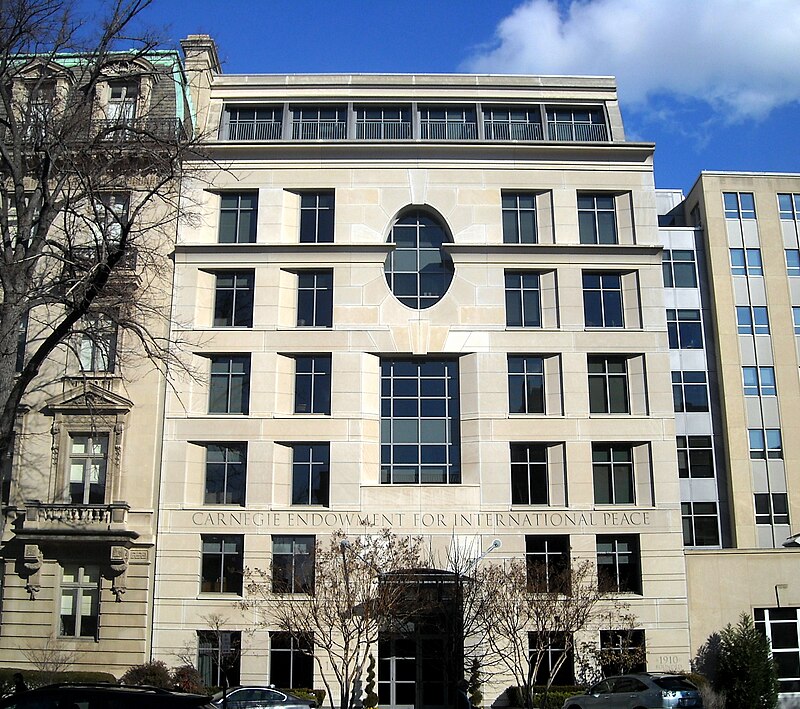
3. Resuming Tests Would Break a 30-Year Norm
No nuclear state except North Korea has conducted explosive tests since the late 1990s. The 1997 Comprehensive Test Ban Treaty, signed by 187 states, enshrined this norm. Resuming tests would undermine America’s long-standing commitment to nonproliferation, risk triggering reciprocal tests by Russia and China, and erode global stability. In the words of Corey Hinderstein from the Carnegie Endowment, “a decision to resume nuclear testing would be extremely dangerous and would do more to benefit our adversaries than the United States.”
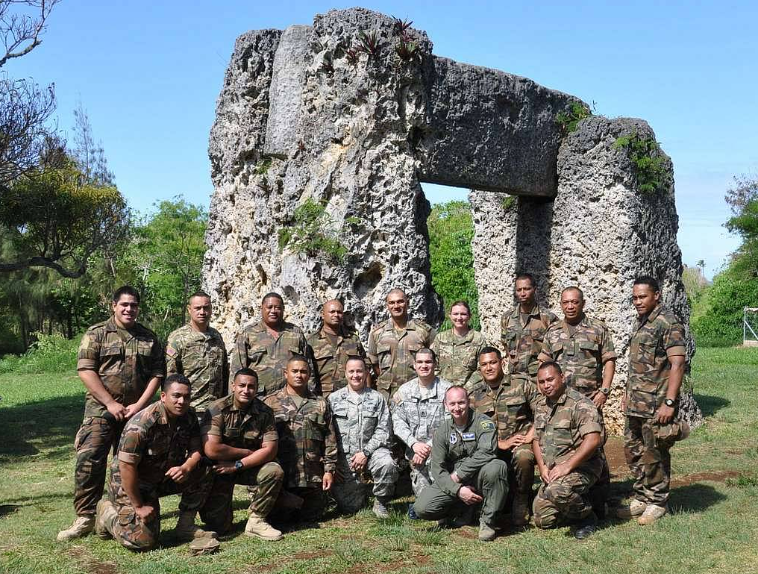
4. Technical Readiness Is Measured in Years, Not Days
Trump’s “immediately” is an impossible timeline: Preparation would involve extensive, time-consuming work at the Nevada National Security Site-the only place in the United States where tests can be conducted. It would take the National Nuclear Security Administration a full 36 months to prepare for an underground test, and the administration hasn’t funded separate test readiness since 2010. Even a simple demonstration test could take 18 months while any scientifically useful one would take years. Infrastructure and personnel that once supported frequent tests have long since withered away.
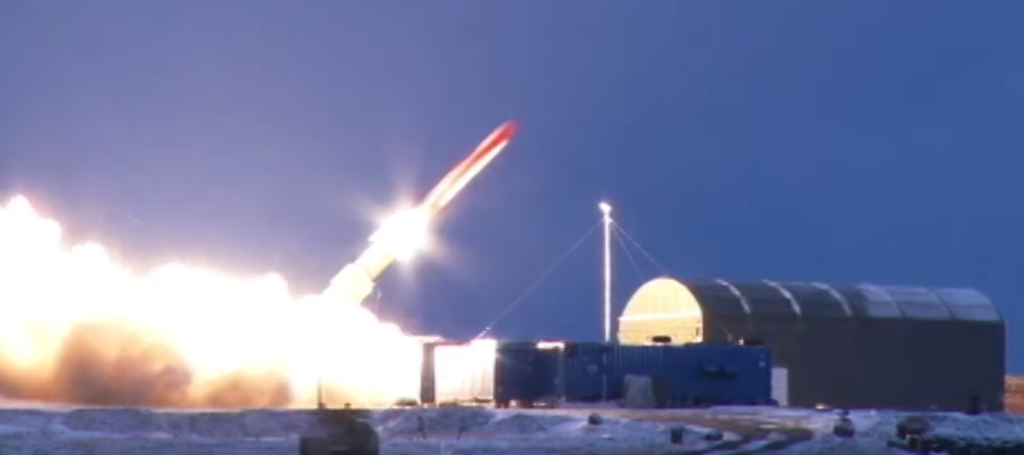
5. The Burevestnik Missile Is More Hype Than Threat
Trump’s apparent excitement at the reported test of the nuclear-powered Burevestnik cruise missile overlooks its impracticability: its design includes a reactor that presents severe engineering and safety challenges due to the probable radioactive exhaust emissions during its flight. Its subsonic speed makes it exposed to conventional air defenses, and the value in operation is confined to surprise strikes at the risk of triggering global conflict. “A very expensive toy that you probably won’t use,” added analyst Chris Spedding.
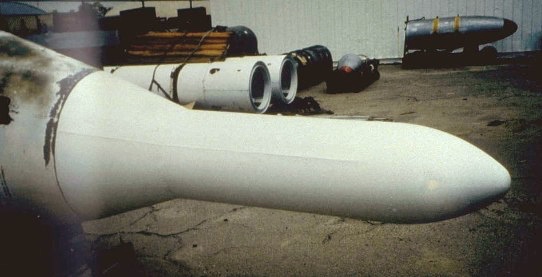
6. Deterrence Doesn’t Require Explosive Testing
Modern deterrence is a function of credibility, not of spectacle. The U.S. employs high-energy lasers, supercomputing, and testing of components to guarantee warhead reliability without detonations. Every nuclear-armed state understands that America’s arsenal would work if it were used. The idea that adversaries doubt America’s capabilities because bombs have not been exploded in decades is a Cold War leftover, unsupported by today’s strategic realities.

7. China would benefit most from a resumption of testing
Compared with America’s 1,054, China has only 47 past tests and, thus far, stands to gain the most from renewed global testing. Fresh data would accelerate warhead design and production, helping it build up toward its projected 1,500 nuclear weapons by 2035. U.S. testing would be a potential strategic windfall for Beijing and erode the normative barrier that currently constrains such advances.
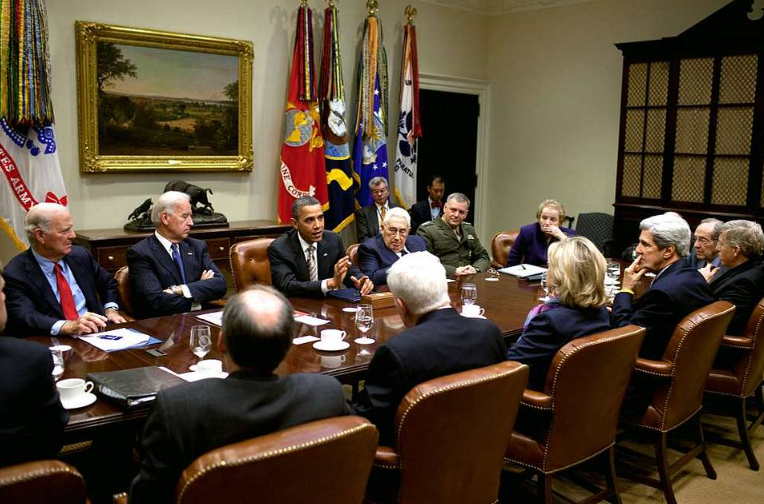
8. Testing Could Derail Arms Control at a Critical Moment
Trump’s statement comes as the New START treaty-the last bilateral strategic arms control pact-nears its 2026 expiration. Russia recently signalled it was willing to observe treaty limits if the U.S. did likewise. A test would likely kill any chance of extending or replacing New START, removing the final legal constraint on U.S.-Russian arsenals and accelerating an arms race.
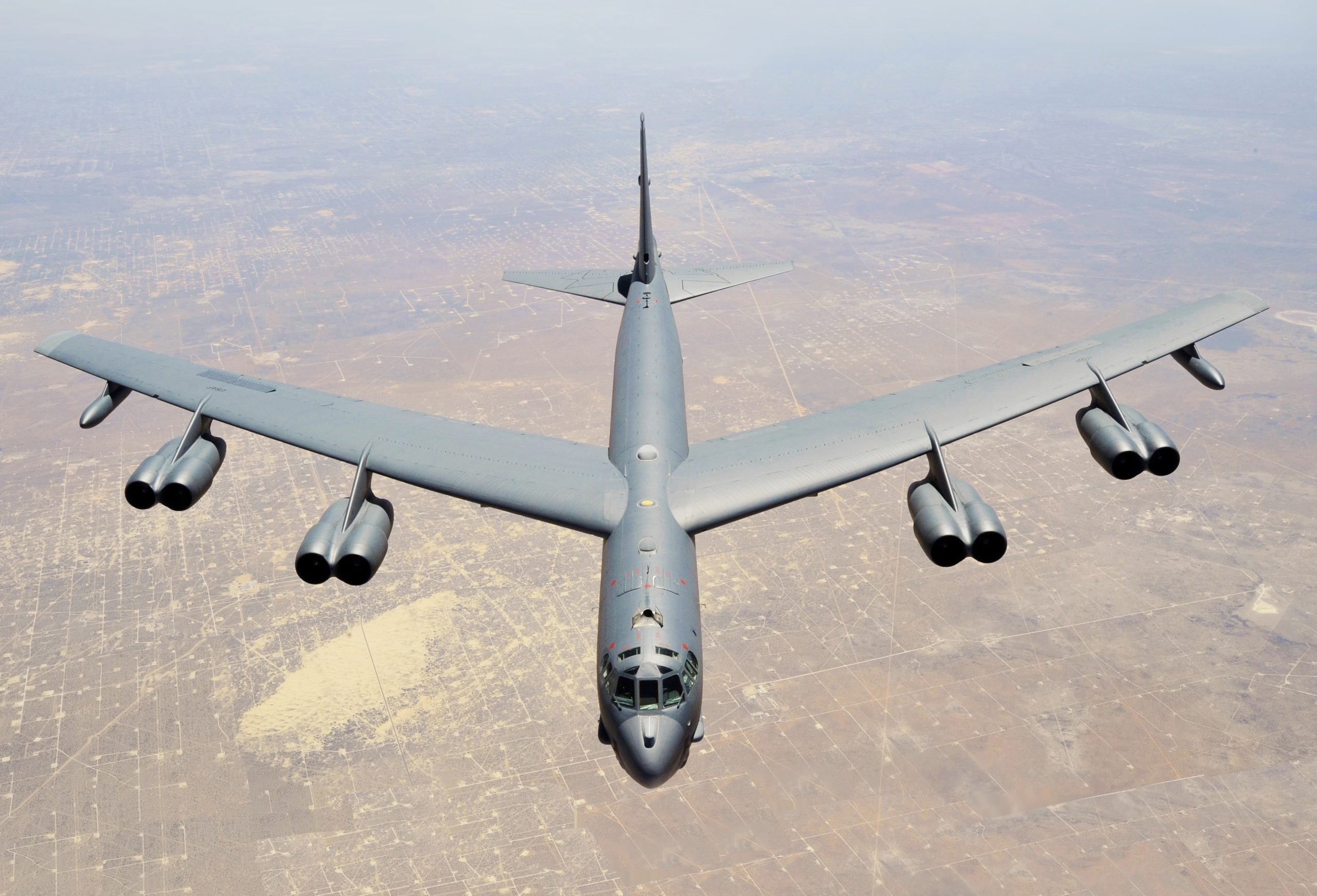
9. Real Priority Should Be Modernization, Not Testing
All of America’s nuclear platforms are aging: B-52 bombers date from the Eisenhower era, Minuteman III missiles from Nixon’s, and Ohio-class submarines will serve into the 2040s. From delayed Sentinel missiles to disappointing plutonium pit production, the modernization backlog goes deep and urgently needs attention. Streamlining regulations, putting the nuclear enterprise on a wartime footing, and increasing capacity would mean, to many experts, a great deal more for U.S. security than an underground detonation of a warhead.
Trump’s call to resume nuclear testing misreads both the technical realities and the strategic consequences: Testing will not strengthen deterrence; it will fracture global norms, embolden adversaries, and divert resources from the modernization America urgently needs. In nuclear policy, strength ultimately comes from a credible capability and disciplined restraint-not in chasing the theatrics of the Cold War.
